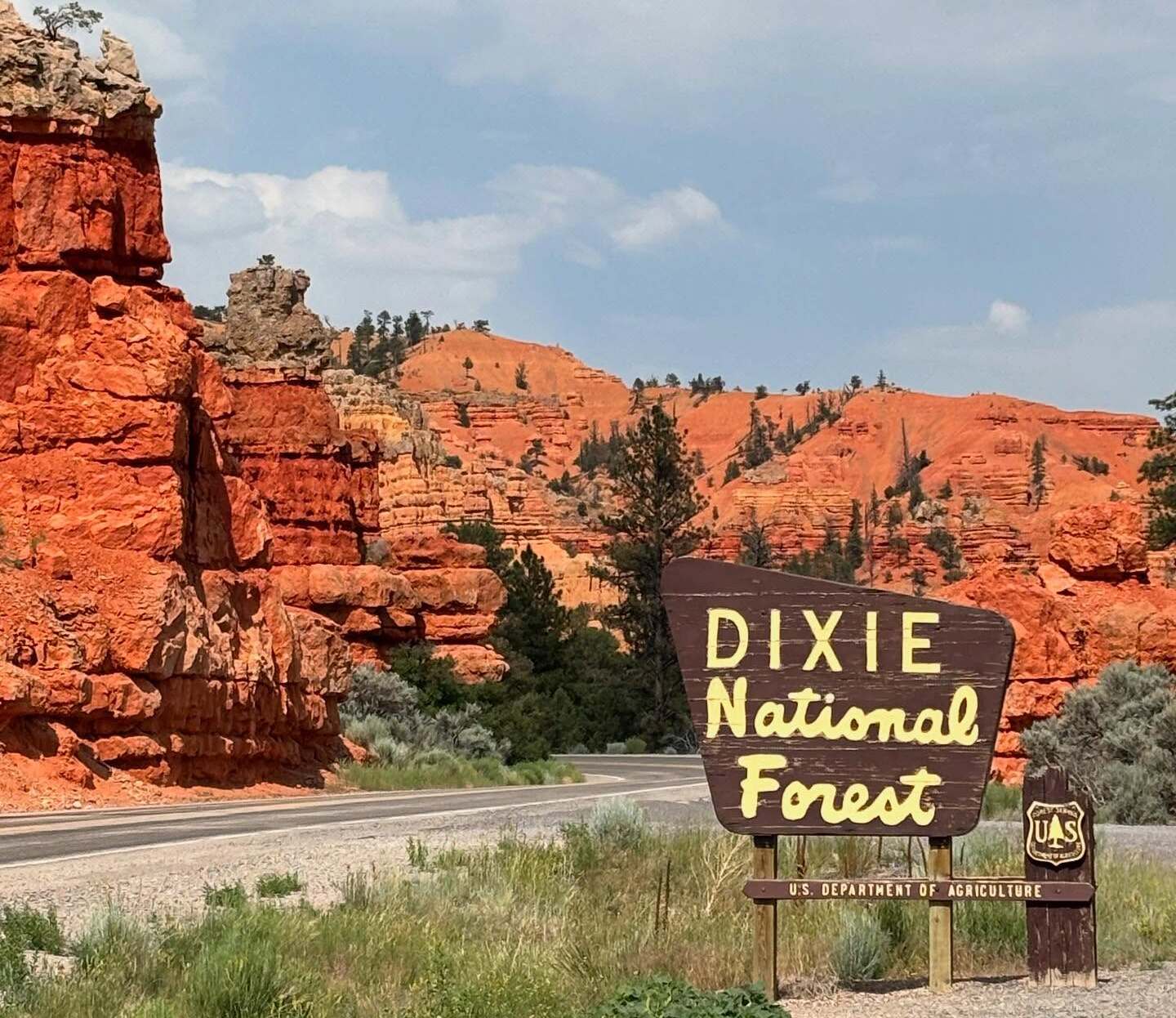
There are places that surprise you not with size or grandeur, but with quiet magic. For me, one of those places is Ashcroft Observatory in Cedar City, Utah.
I wasn’t planning to visit an observatory. It just happened — a free Monday night, a local tip, a little curiosity. I didn’t expect much. But what I found there was a window to something much bigger.
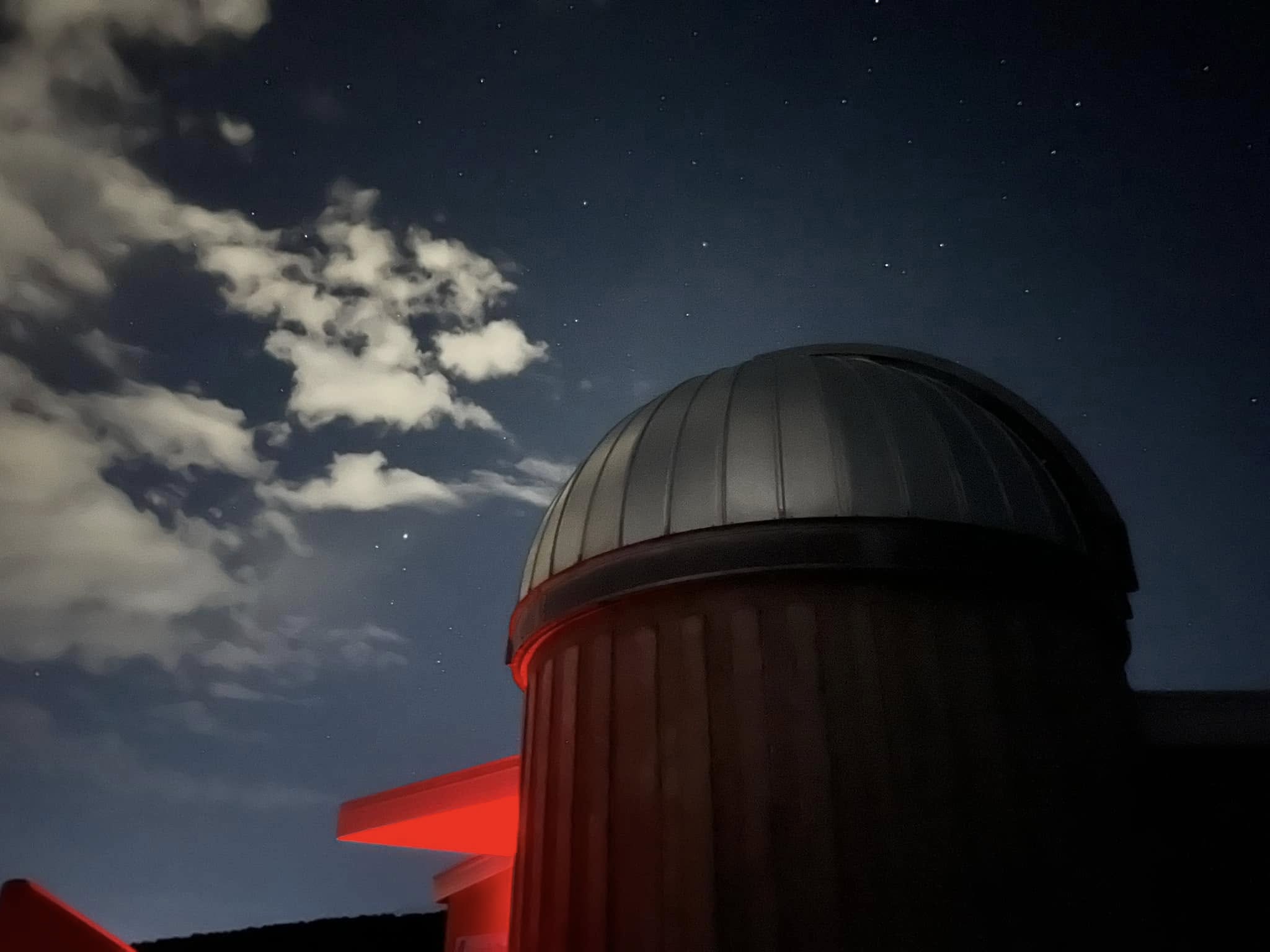
Ashcroft Observatory at sunset in Cedar City
A small dome, a big sky
Ashcroft is not a high-tech space center. It’s a small dome on a hill, tucked near the Southern Utah University farm. Nothing fancy. You might drive past it without noticing — unless it’s a clear night and the dome is open.
They only open on Monday evenings, after sunset, and only when the sky is clear. But when they do — anyone can come. No tickets, no cost, no need to “know about space.”
Just show up, look up, and be still for a moment.
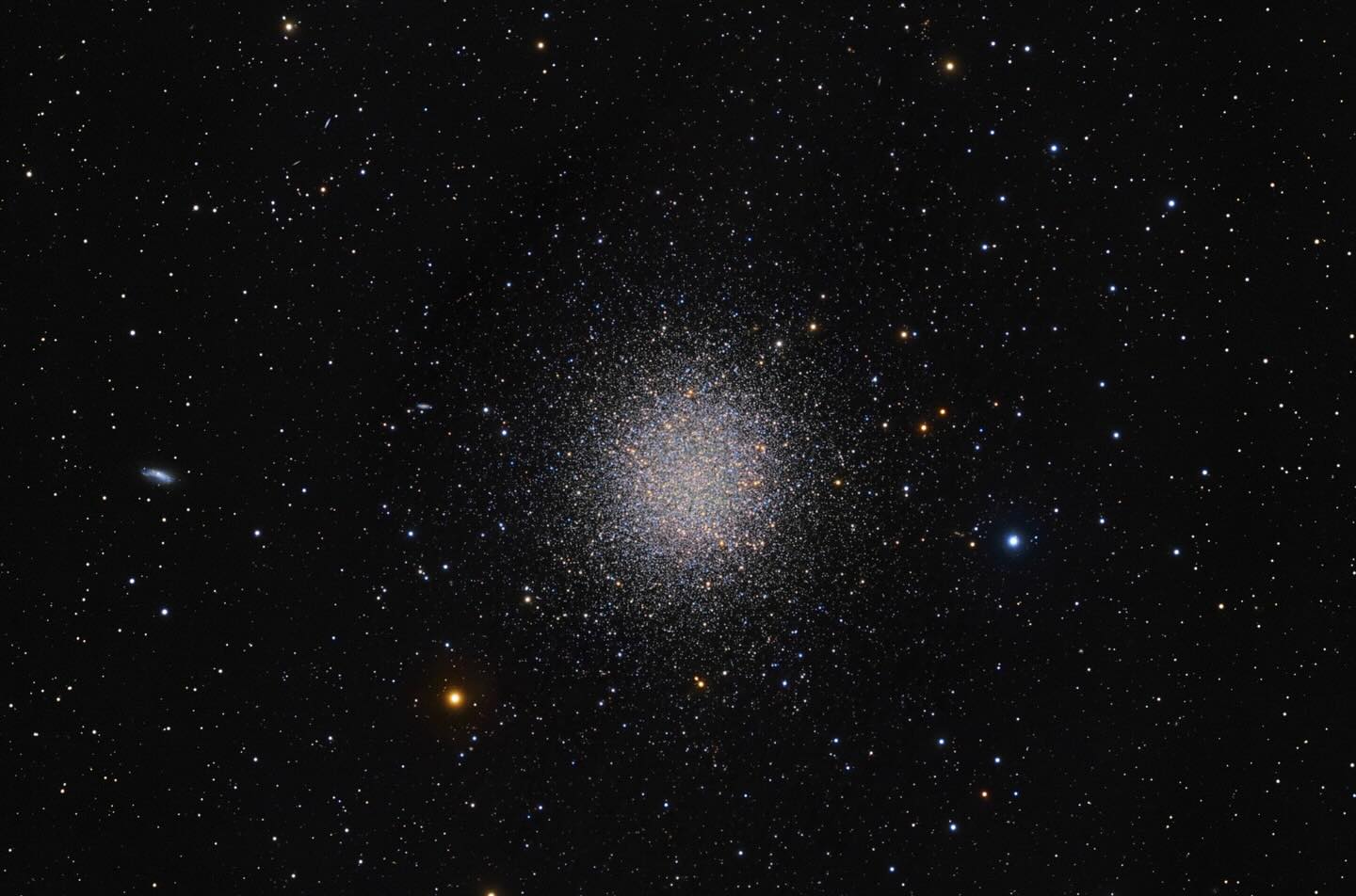
Milky Way above Ashcroft Observatory
What you’ll see — and what you’ll feel
The first time I looked through their telescope, I saw Saturn. I’m not exaggerating when I say it stopped me in my tracks. Those perfect, delicate rings — so far away, so impossibly real. It looked almost fake. Like something from a movie. But there it was, hanging in the blackness.
Another night, I saw the Moon. Not the flat white circle we’re used to, but a textured, cratered world. The shadows of lunar mountains. The light falling across the surface. You suddenly realize — this isn’t just a light in the sky. It’s a place.
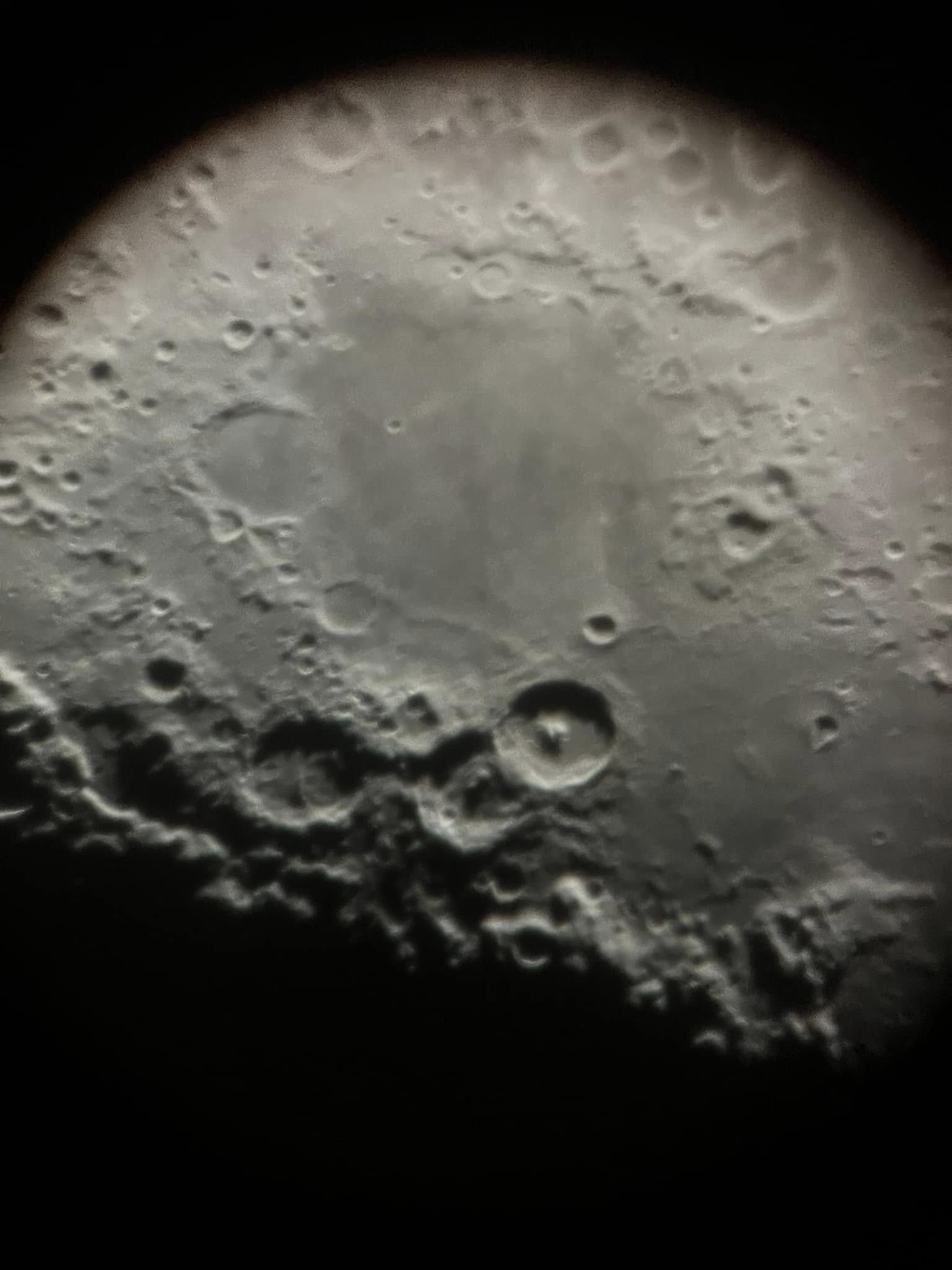
The Moon’s surface seen from Ashcroft
Sometimes you might see Jupiter, with its moons lined up like little pearls. Or a glowing nebula. Or a cluster of stars so dense it looks like cosmic glitter. If you’re lucky, you’ll see the Milky Way stretch across the sky — soft, wide, and ancient.
Who goes there?
Honestly, people of all kinds. I’ve seen kids wide-eyed at their first look through the lens. Couples standing hand-in-hand, quietly pointing at stars. Retired folks, travelers, college students. It’s not a tourist trap. It feels local, personal — almost like a secret.
The observatory is run by people who genuinely love the sky. Often, it’s students or professors from SUU who help guide visitors. They don’t just give facts — they share wonder. And that makes all the difference.
Why it matters
In a world that moves too fast, this is a place that asks you to slow down. To look up. To feel small, in the best possible way.
You won’t spend hours there. Maybe 30 minutes, maybe an hour. But it will stay with you.
Because seeing Saturn — actually seeing it — isn’t something you forget.
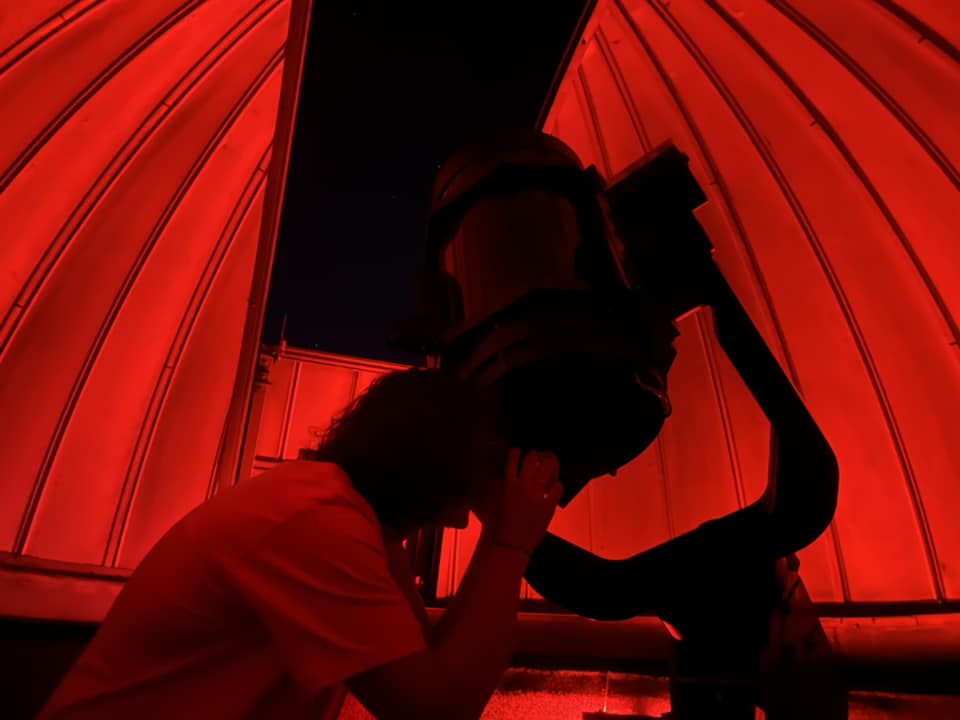
Stargazing night at Ashcroft Observatory
If you go
It’s called Ashcroft Observatory. It’s located just outside the SUU campus in Cedar City. Monday nights only. Free. Bring a sweater (nights can get cold), and check online before you go — the weather decides everything.
No need to plan a big trip. Just go. And let the sky do the rest.
When is Ashcroft Observatory open to the public?
Ashcroft Observatory is open on Monday nights after sunset, weather permitting.
Is it free to visit Ashcroft Observatory?
Yes, it’s completely free and open to everyone — no tickets or reservations needed.
What can you see through the telescope?
You can see Saturn’s rings, Jupiter’s moons, the Moon’s craters, nebulae, and even the Milky Way.
Where is Ashcroft Observatory located?
It’s in Cedar City, Utah, near Southern Utah University, off Westview Drive.
Do I need any experience or equipment to visit?
Not at all! Just show up — guides are there to help, and telescopes are provided.




